Before you know it, pheasant hunting season will be upon us. Fields will be speckled with hunters dressed in bright orange while bird dogs zig-zag through tall grasses in front of them. You’ll hear the sounds of dogs barking, owners giving commands, pheasants making peeping sounds and if you’re lucky, a few volleys of shots being fired. Yes, this is an amazing experience and one I really love, but have you ever thought of all the work that goes into preserving land, referred to as Conservation Reserve Program (CRP) Fields, with ring-necked pheasant habitats?
Sponsored by CZ-USA Field Sports
Before launching in to the importance of CRP fields, let’s look at the history of pheasants in America. Pheasants were first introduced to the U.S. in the late 1800s and early 1900s from Asia. Often found in small flocks, these upland birds typically adapt to seasonal changes rather than migrate. Although they are able to fly fast in short distances, they are usually found running.
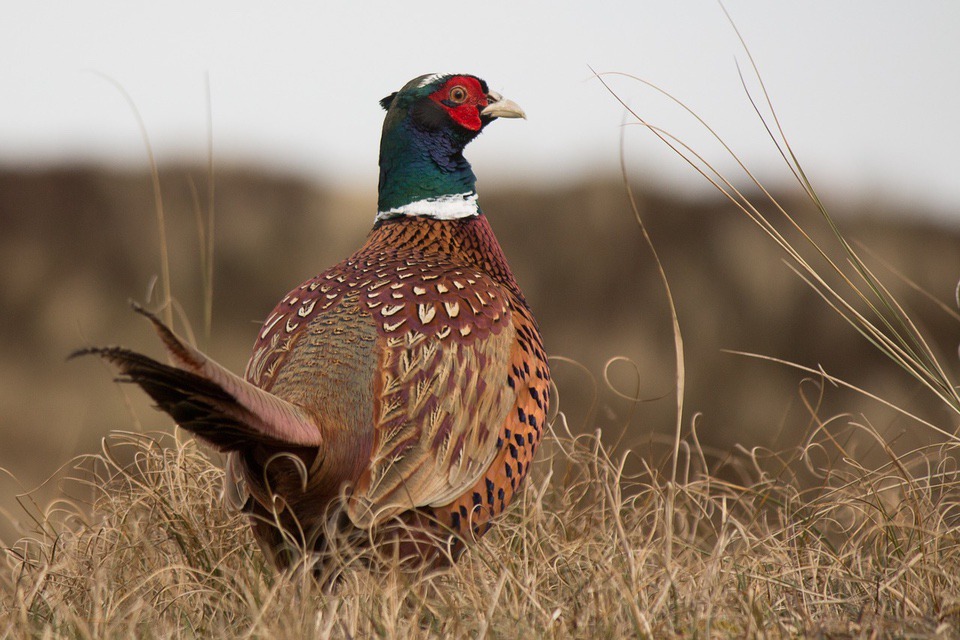
Typically, pheasants roost in trees or dense shrubs during spring and summer. In the fall, they’re often found in forested wetlands, farm fields and weedy areas. In the winter, they seek cover in thick cattails, switch grass or shelterbelts (long bands of trees and shrubs bordering fields to block wind and snow.)
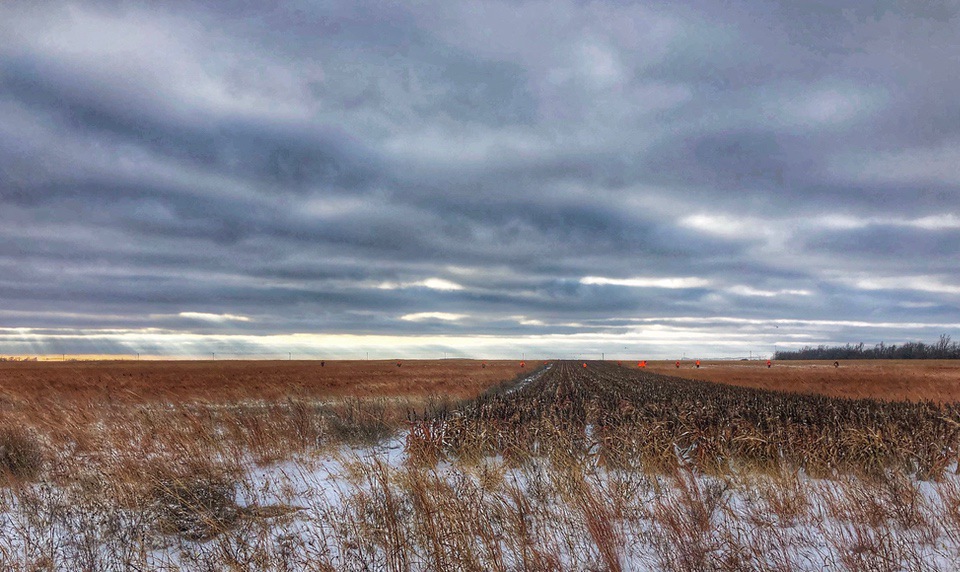
Available nesting cover is one of the most significant factors for pheasant populations. Ideal nesting cover consists of a secure area that provides overhead and horizontal concealment from predators. The area should also be free from human and weather related disturbances.
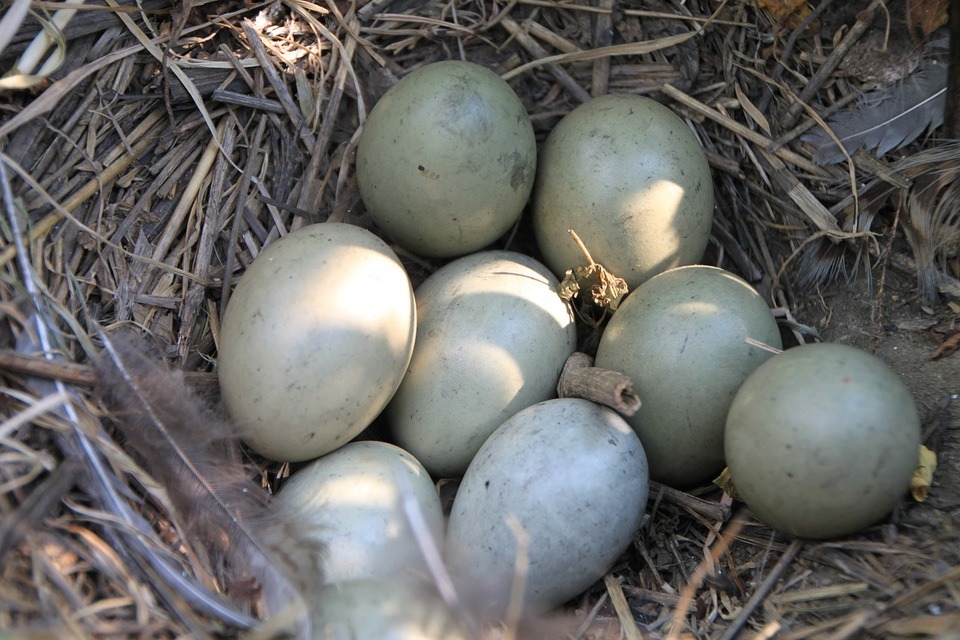
A hen usually produces a clutch of about 12 eggs which incubate for about 23 days. Hens with broods will stay together until early autumn. They usually move into fields with flowering plants. These plants attract insects which are protein-rich, an important food source for growing chicks.
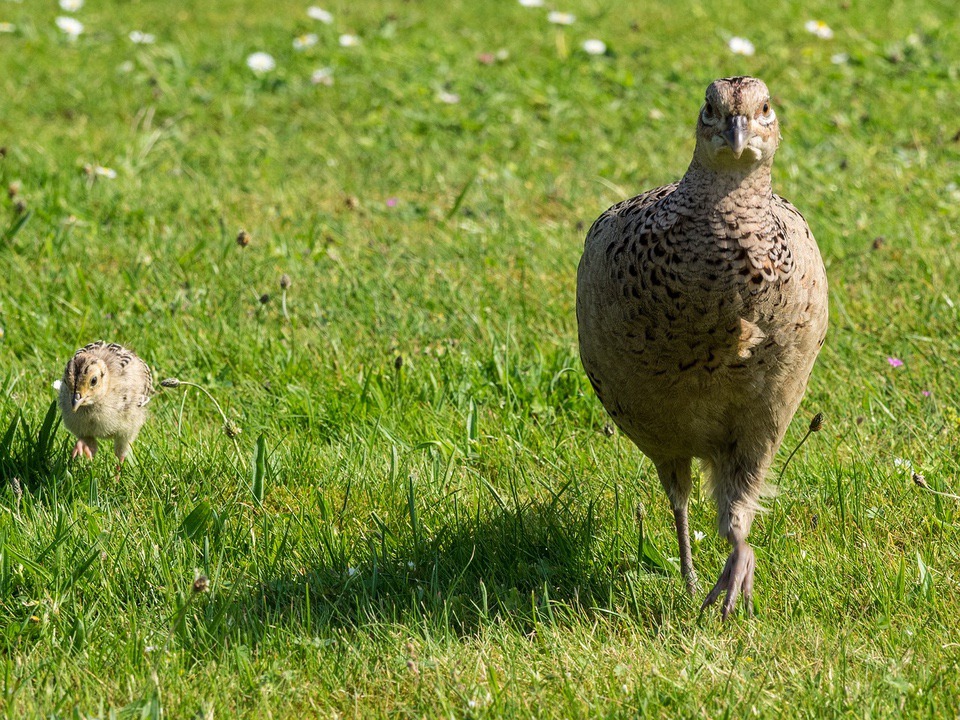
In fall and winter, pheasants eat seeds, grasses, leaves, roots, wild fruits, nuts and insects. During spring and summer their diet often consists of more insects and greens. They can be found foraging in grasslands, fields of hay, woodland edges, and other brush filled areas. Pheasants scratch and dig with their short heavy bills to pick food off the ground. They also may forage in shrubs or trees for fruit and leaves.
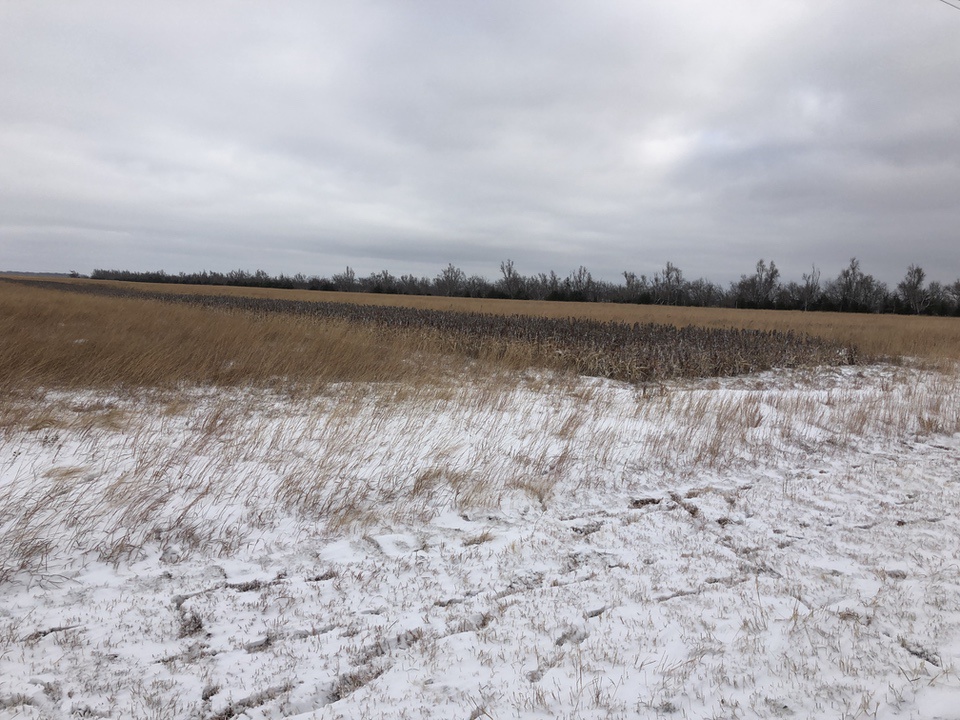
During my hunt last year at Upland in Hunts, a wonderful site in Kansas, I learned how CRP fields provide habitat for pheasants during all stages of their life cycle. The CRP is a land conservation program administered by the Farm Service Agency (FSA). A part of the CRP, called The Upland Bird Habitat Buffer Initiative, gives landowners a way to use small portions of their lands to create bird habitat while still farming. Farmers create habitat buffers, which are patches and corridors along cropland, to promote easy wildlife movement across agricultural landscapes. Northern bobwhite quail and ring-necked pheasants, along with other grassland dependent birds, thrive in these habits.
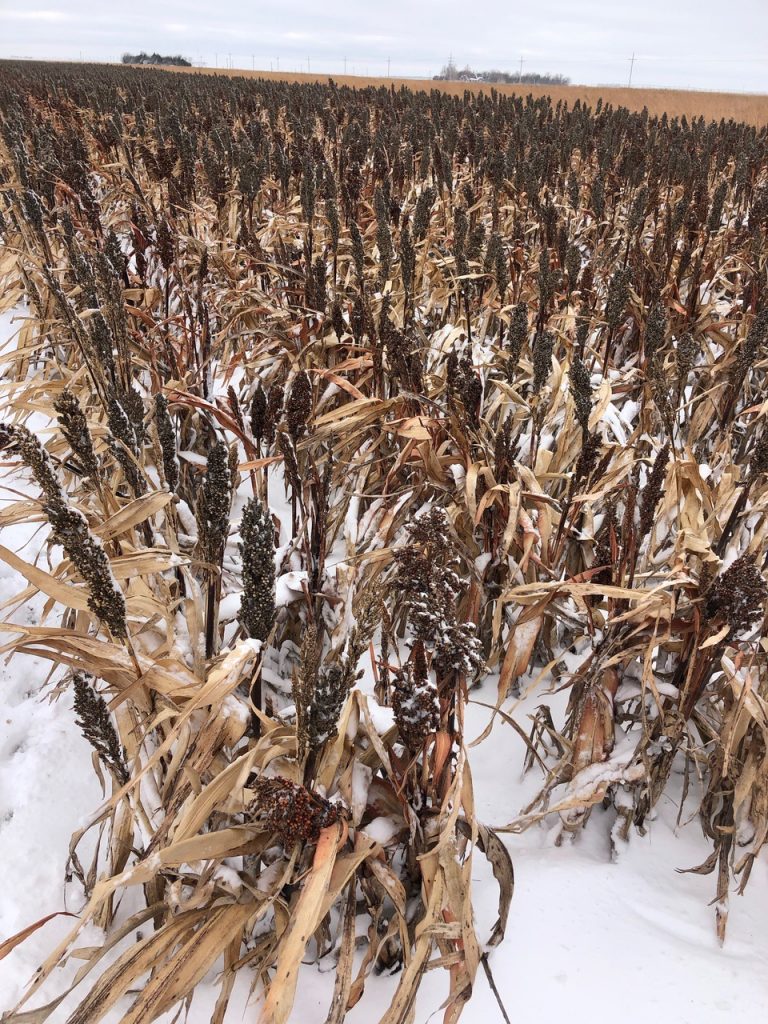
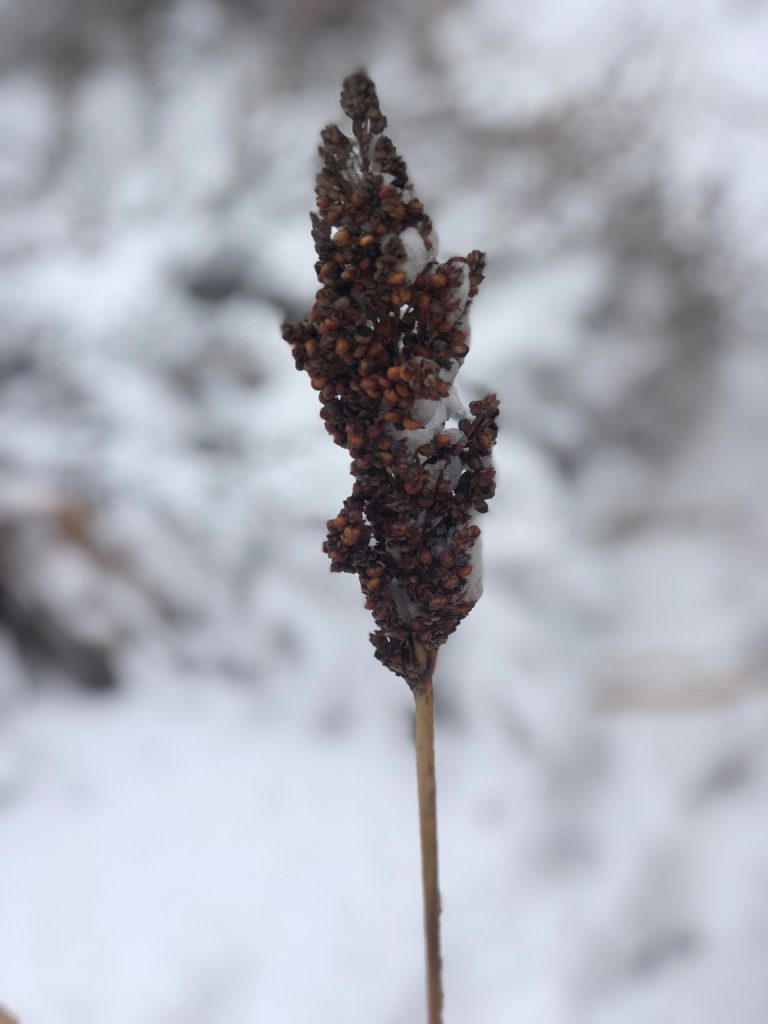
For more information on pheasants and CRP fields check out the Pheasants Forever website here.
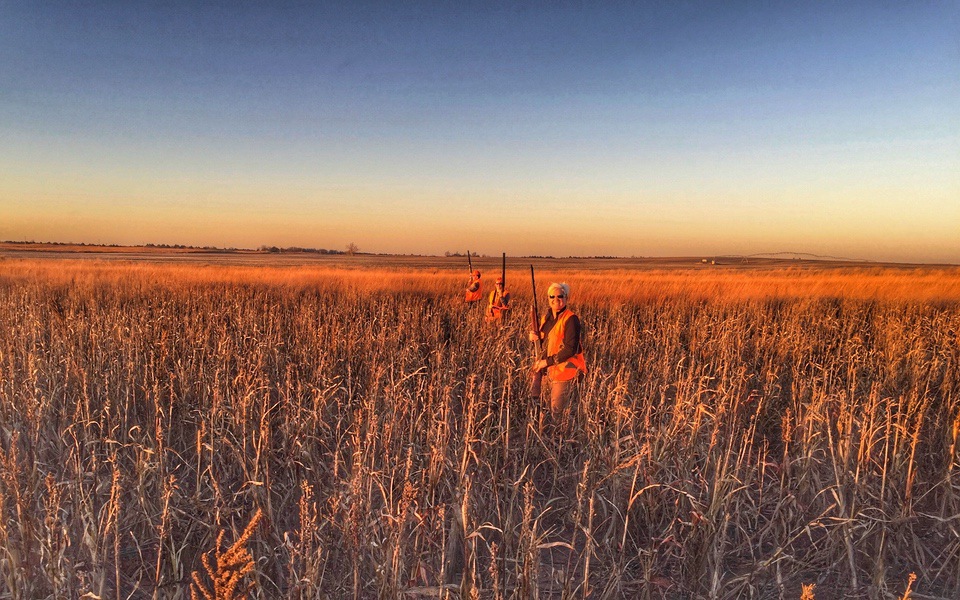
For those interested in pheasant hunting, check the state wildlife agency of the state where you are traveling.
Michelle Cerino, aka Princess Gunslinger, first entered the firearms industry in 2011 as co-owner, president and trainer at a national training company. She immediately began competing in both 3-Gun and NRA Action Pistol, becoming a sponsored shooter. Michelle is currently a columnist and Managing Editor of Women’s Outdoor News, as well as owner of Pervenio LLC. She also manages social media for Vera Koo and FASTER Saves Lives. Michelle encourages others to step out of the comforts of home and explore. View all posts by Michelle Cerino